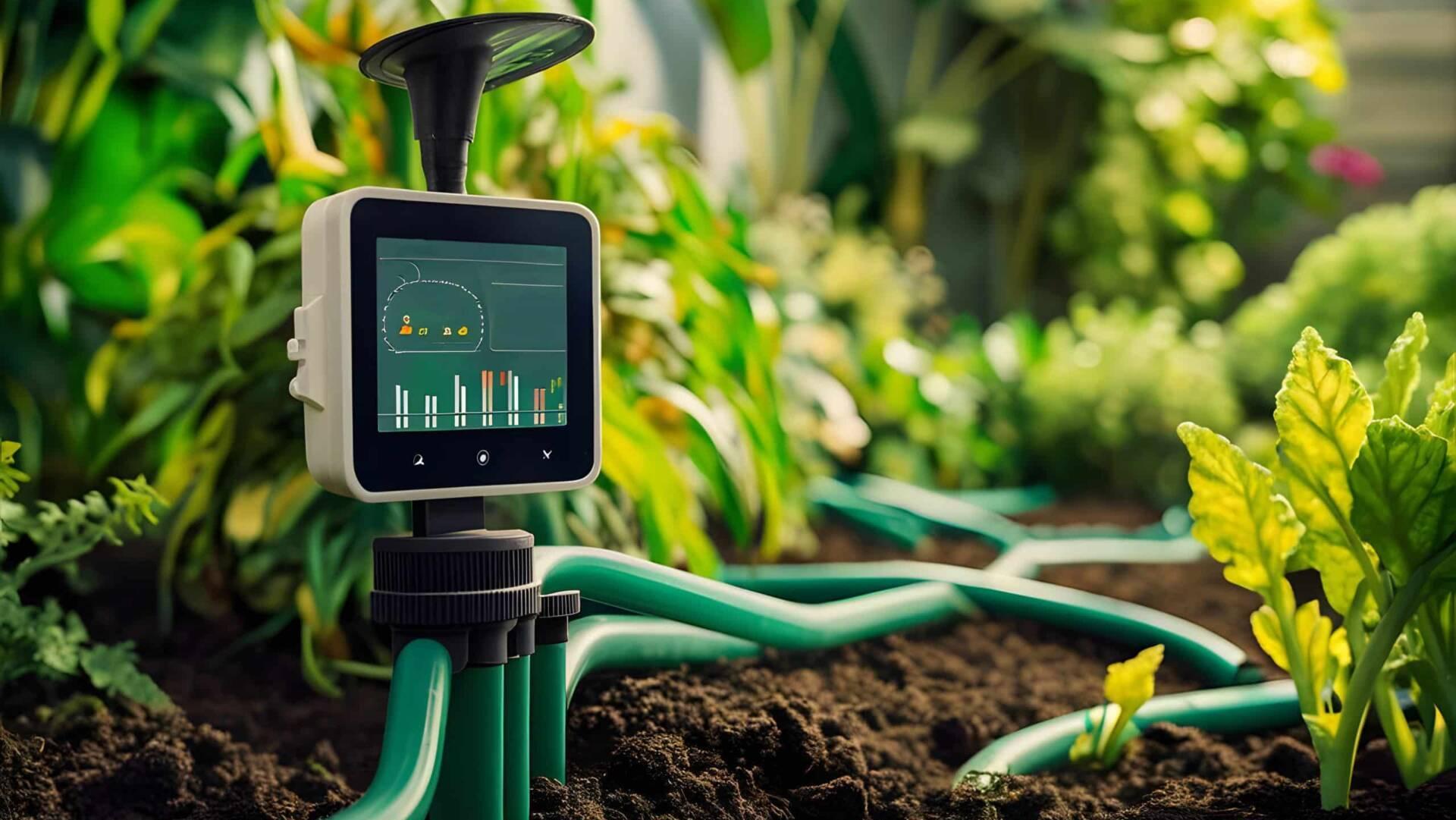-
Fil d’actualités
- EXPLORER
-
Pages
-
Groupes
-
Evènements
-
Blogs
-
Offres
-
Emplois
-
Courses
Smart Irrigation Systems for Precision Farming in Small Holdings

In the age of climate uncertainty and rising input costs, small-scale farmers are looking for smarter ways to farm more efficiently. One of the most impactful solutions emerging in Indian agriculture today is smart irrigation — an innovative approach that enables precision water management, even on the smallest landholdings.
What Is Smart Irrigation?
Smart irrigation systems rely on a combination of weather data, soil sensors, timers, and automated controllers to deliver just the right amount of water needed by crops. Unlike traditional irrigation, which often results in overwatering or wastage, smart systems ensure that crops receive optimal hydration based on real-time field conditions.
For small farmers, especially those with 1 to 3 acres of land, this technology is a game-changer. It not only reduces water consumption but also enhances crop yield and lowers electricity and labor costs. In water-stressed states like Maharashtra, Rajasthan, and Tamil Nadu, smart irrigation is no longer a luxury—it’s becoming a necessity.
Why Small Holdings Need Smart Solutions
Precision farming has often been associated with large-scale farms, but smallholders face even greater challenges when it comes to resource management. Limited access to water, labor shortages, and rising diesel prices make it essential to find efficient alternatives. Smart irrigation systems, when paired with mobile apps or SMS-based alerts, give farmers greater control over their water usage—even remotely.
This level of control is particularly useful when integrated with existing farm equipment. For example, using a Sonalika Tractor for tillage, bed preparation, and drip line installation makes the transition to smart irrigation smoother. Sonalika’s durable and fuel-efficient models are often preferred by smallholders because they adapt well to diverse implements and field sizes.
Integration with Government Schemes
The Indian government has been promoting micro-irrigation through schemes like Pradhan Mantri Krishi Sinchayee Yojana (PMKSY). Under this initiative, farmers receive subsidies for drip and sprinkler systems, making smart irrigation more affordable. When combined with tractors and implements already in use, the cost of upgrading to smart systems becomes manageable, especially for progressive smallholders.
Challenges and Way Forward
Despite its benefits, the adoption of smart irrigation still faces challenges. Initial setup costs, lack of awareness, and the need for technical support can be roadblocks. However, agri-tech startups and local agri-extension services are stepping in to bridge this gap. Farmer Producer Organizations (FPOs) and cooperatives are also playing a key role in spreading awareness and facilitating group purchases.
Looking ahead, smart irrigation will be a cornerstone of sustainable farming, especially in small holdings. With the right tools, information, and support, Indian farmers can embrace this shift and make their farms more productive, resilient, and environmentally friendly.
Conclusion
Smart irrigation systems are redefining how small farmers manage water and grow crops. As this technology becomes more accessible and cost-effective, its adoption will continue to rise. Coupled with dependable farm machinery like a suitable tractor, precision farming is no longer out of reach for smallholders—it’s an achievable step toward higher income and sustainable agriculture.
- Art
- Causes
- Crafts
- Dance
- Drinks
- Film
- Fitness
- Food
- Jeux
- Gardening
- Health
- Domicile
- Literature
- Music
- Networking
- Autre
- Party
- Religion
- Shopping
- Sports
- Theater
- Wellness
